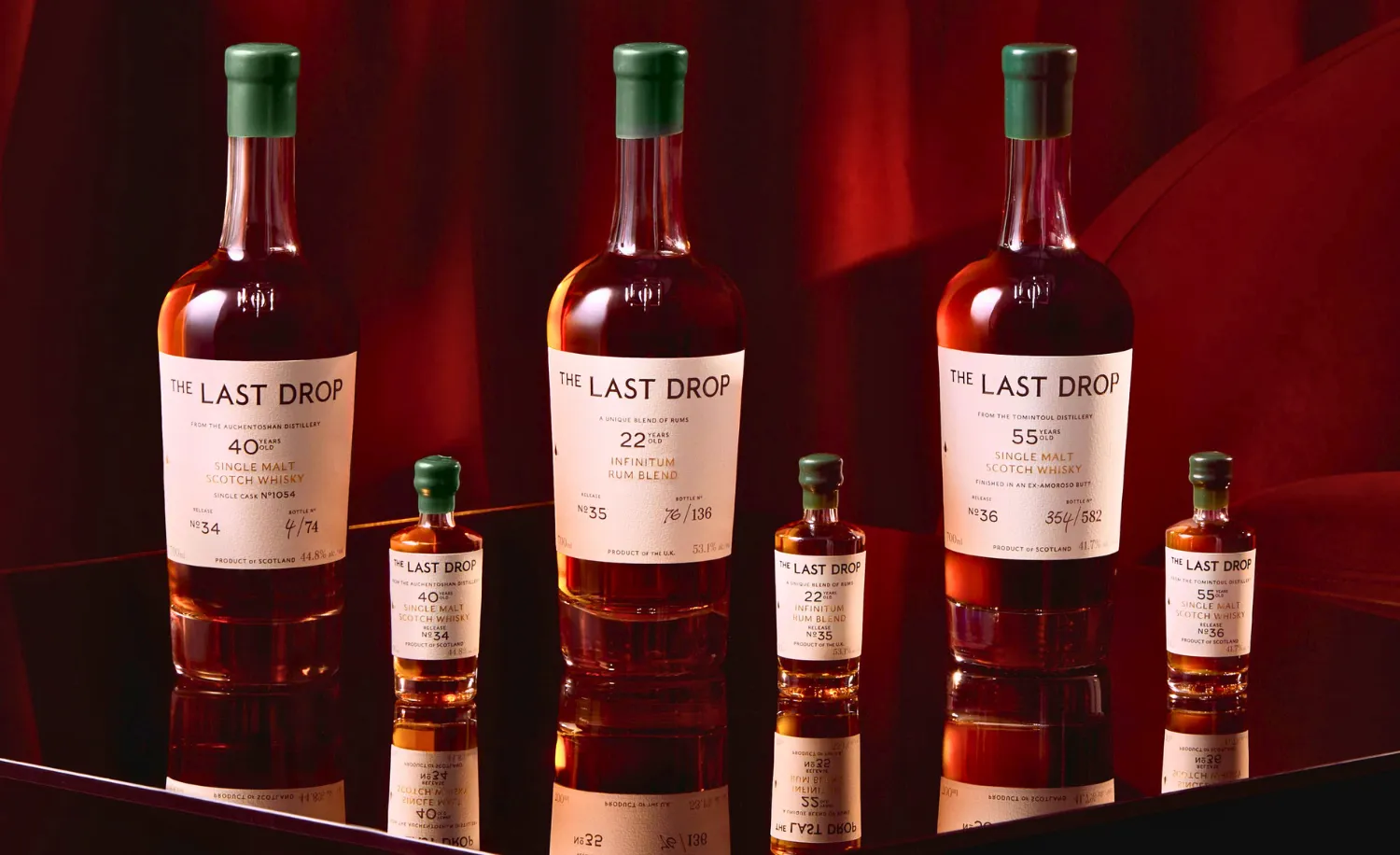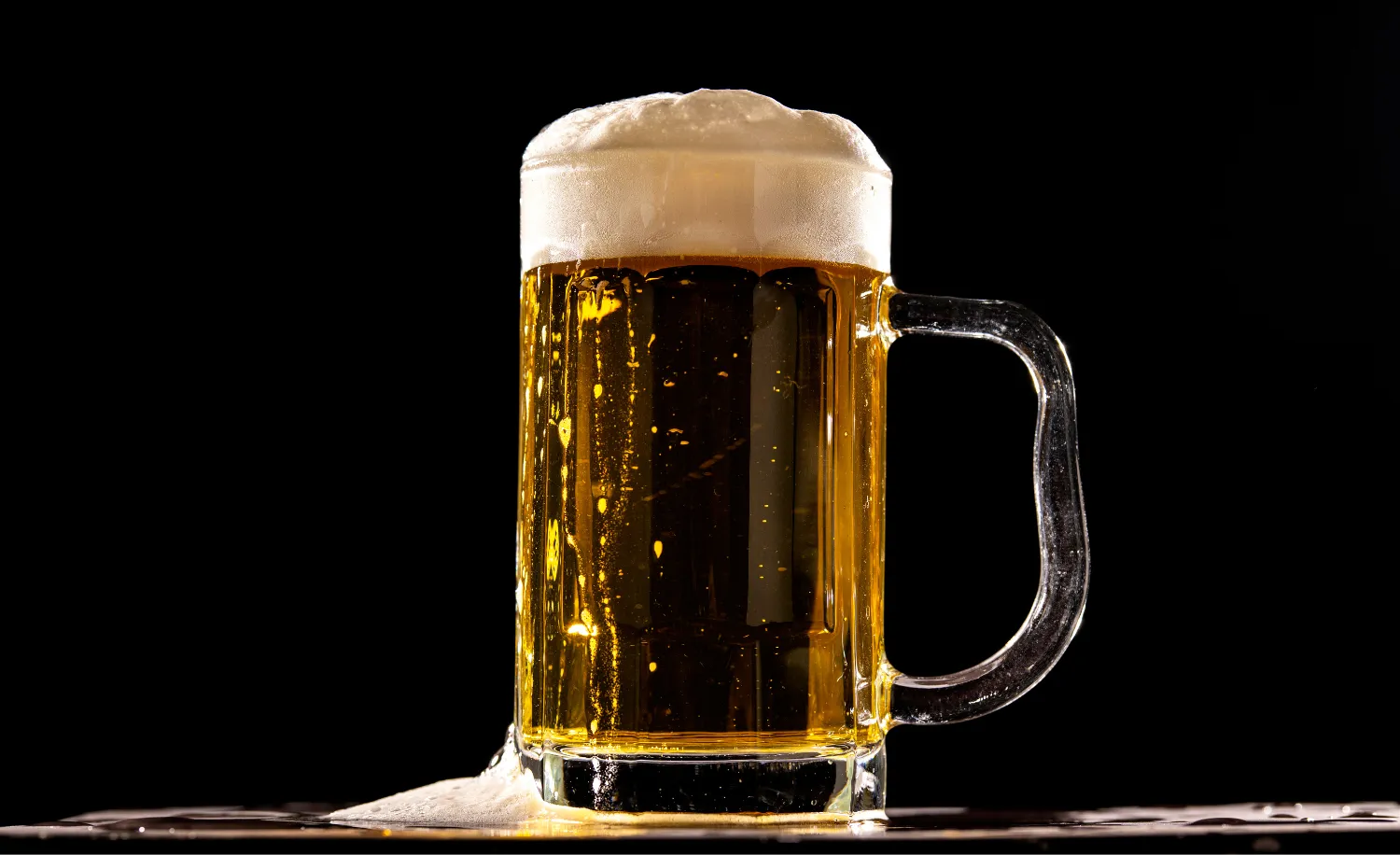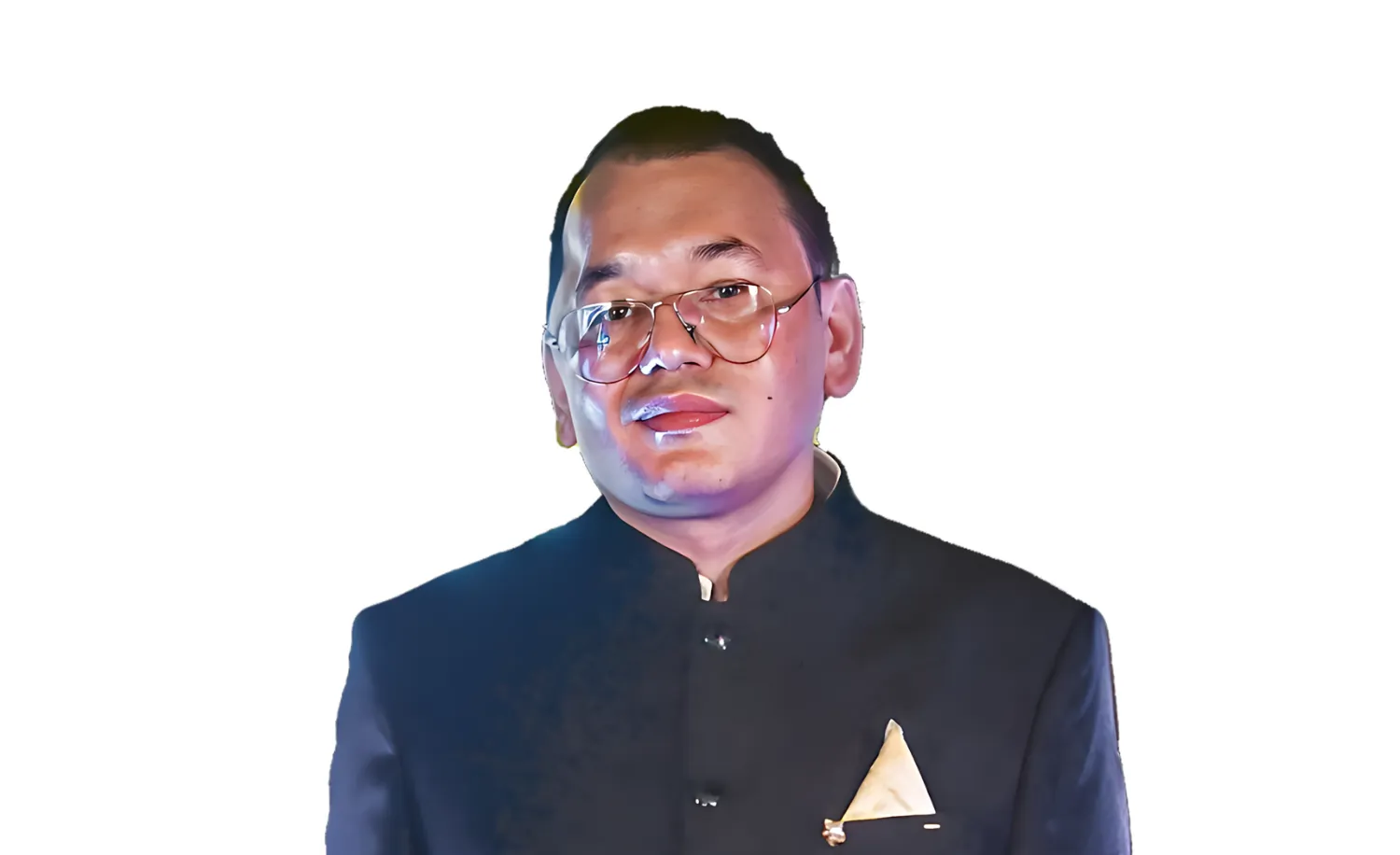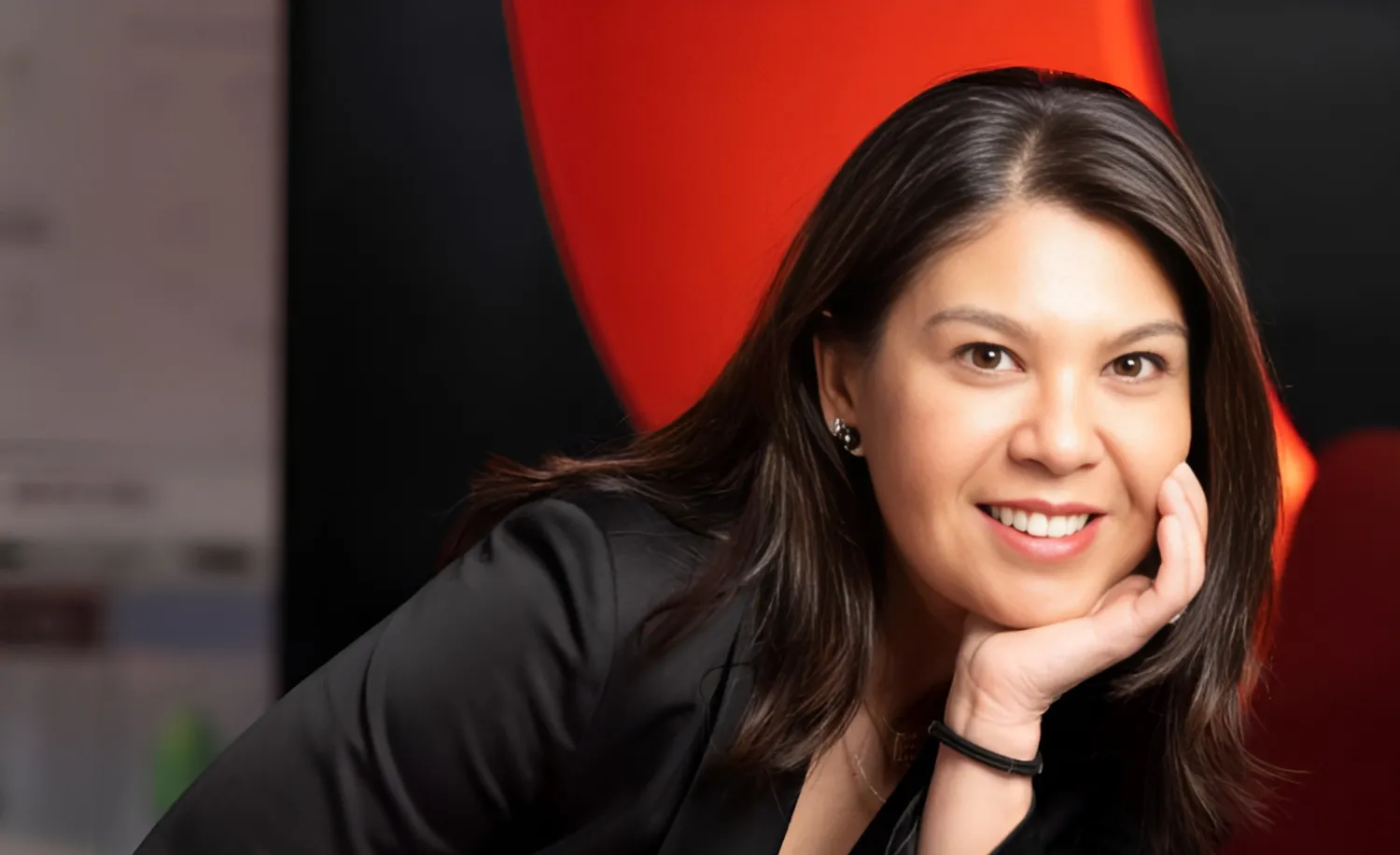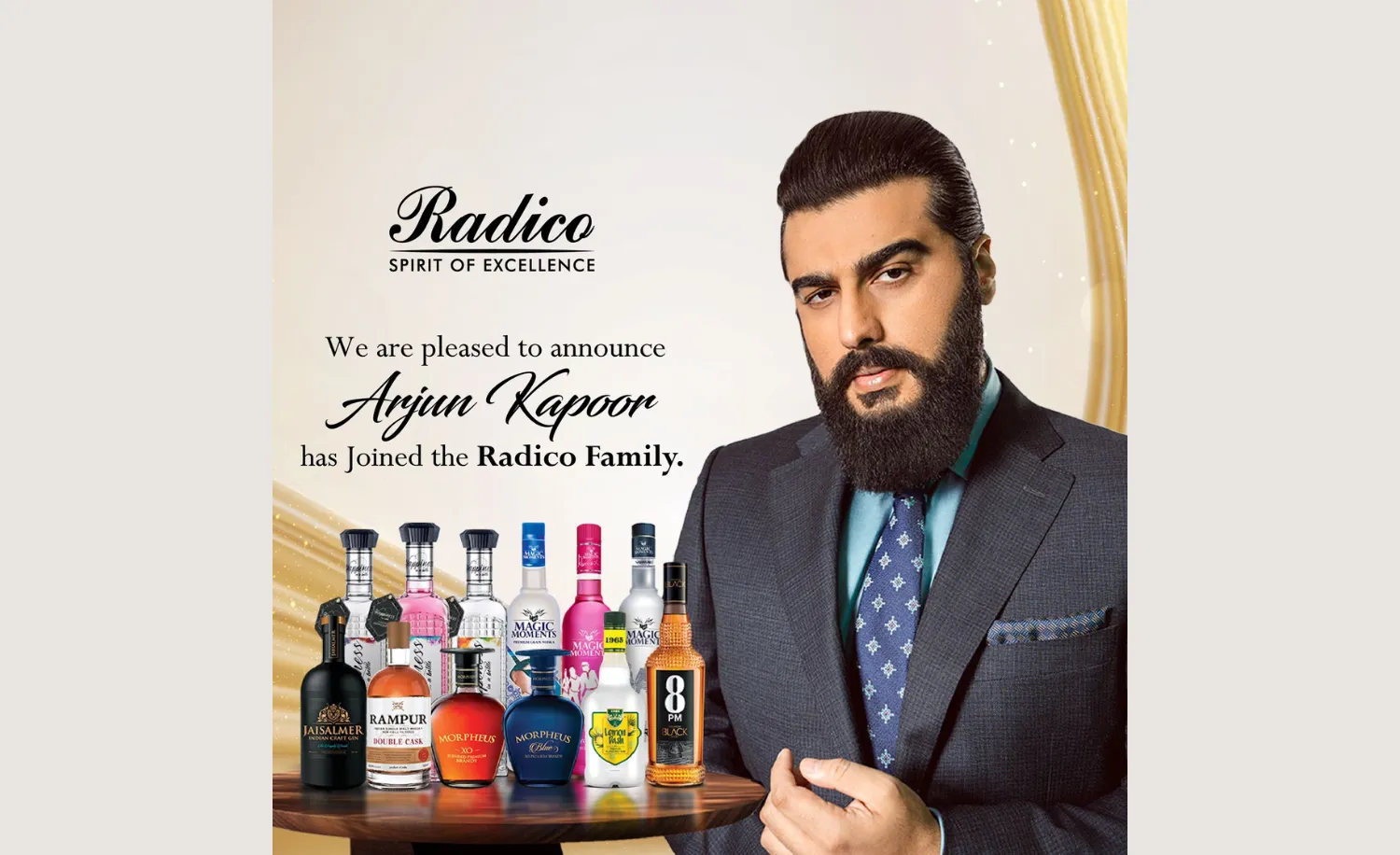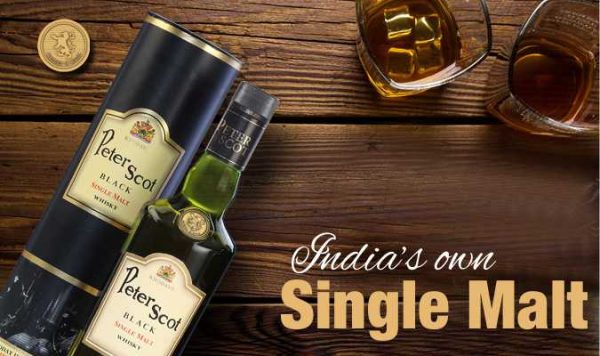“All sparkling wines compete against each other, but mostly, pricing wins!”
Vishal Kadakia, Proprietor, Wine Park
Champagne has a great brand image around the world, but because of its high cost in India, its sales are quite low, explains Vishal Kadakia, Proprietor, Wine Park, whose company deals in sparkling wines across three major categories. Priced at a third of champagnes in India, proseccos enjoy better sales, even if their quality doesn’t match up to that of the expensive leaders of the pack. Cava, a Spanish sparkling wine made in the methode traditionelle or methode champenois style, is relatively new and not many consumers know about it.
Kadakia has introduced a cava produced by a biodynamic producer named Gramona, which is known to make only Gran Reserva cavas that are aged for a minimum of three years on less. A regular cava is aged for up to nine months on less. The two Gramona Gran Reservas in Kadakia’s portfolio are La Cuvee 2011 (aged for three years; MRP: Rs
4,903) and Il Lustros 2007 (aged for seven years; MRP: Rs 8,437). “The aging process is critical for any sparkling wine longer aging makes the wine softer and complex with finer bubbles,” Kadakia says.
Among Champagne houses, Kadakia represents two producers – Billecart Salmon and Phillipe Gonet. Billecart Salmon, he says, is known for its quintessential style, which has been passed down from generations and makes it one of the most trendiest champagnes in the world. “The Billecart Salmon Brut Reserve NV (MRP: Rs 9,992) is a sommelier’s champagne that is listed with all top restaurants and hotels around the world,” says Kadakia. “And their Brut Rosé NV (MRP: Rs 16,900) is known to be the very best in the category around the world.”
Kadakia’s other prized possession is Champagne Phillipe Gonet Blanc de Blanc Brut NV (MRP: Rs 7,683). “Phillipe Gonet is a seventh-generation producer,” explains Kadakia. “It’s a grower’s champagne made only from grapes from the vineyards of the Gonets. A grower’s champagne is the darling of all the top sommeliers in the world because they are moving away from the generic style of big champagne houses.”
Located at Mesnil Sur Oger, which is one of the most famous Cote de Blanc Grand Cru villages in Champagne, Philippe Gonet has a signature style that finds its best expression in the Blanc de Blanc, which is made from 100 per cent Chardonnay grapes.
Kadakia doesn’t have a prosecco, although he represents Collavini, a winery based in Friuli (Italy), but he imports “a terrific spumante” made with Chardonnay and Pinot Grigio grapes. It is made with the tank method and aged for six months on lees, which is far greater than the minimum required ageing of 29 days for prosecco. Collavini made Spumante Rs 2,990) style trendy as many as 40 years ago!
The demand for sparkling wine , Kadakia points out , “has grown in a big way in India because of the tremendous push from domestic sparkling manufacturers”, who have been all-round awarenes with their promotions. Champagne and cava sale, on the other hand, are matching up in sales because they are much more expensive as a of the tax burden on them. “Indian consumers still do not seem to appreciate the quality difference and pay three to four times more to buy a champagne,” Kada observes. “Champagne, prosecco a cava all compete against each ot but most of the time, pricing wins!”
Pricing, according to Kadakia, “Wine lovers need to know the story behind each brand. Wine is very personal, so consumers need to be expose to the unique taste of each wine individually.”
the biggest influencer, followed by reputation of the brand (a strong b is considered to be the purveyor of top- quality products). The provenance of the product as of now doesn’t matter in the market because consumers are not that aware of regional specificities. Delhi, Mumbai, Bangalore and Rajasthan, in that order, are the most discerning markets in the country, Kadakia adds.
“Wines across all categories have a good future in India,” declares Kadakia. “Consumers are learning and graduating to better quality and different products every day.” What worries him, though, is that Indian consumers are still not discerning enough to differentiate between an Indian sparkling wine from a champagne, a cava and a prosecco. And even the few discerning consumers are de-motivated by the high prices of champagne and cava.
To create greater awareness in the market, which will naturally lead to greater consumption, Kadakia suggests the following Multi-pronged approach consisting of: aggressive pricing, lots of promotions across consumer categories, and guiding tasting programmes. “Wine lovers need to know the story behind each brand,” he says. “Wine is very personal, so consumers need to be expose to the unique taste of each wine individually.”
Kadakia, like any other importer of quality wines, believes the high customs duties and equally burdensome excise duties in certain states are responsible for making all imported wines very expensive. To get around high taxation, certain importers push cheap products into India, because premium wines are prohibitively expensive. “The burden of high taxation is denying Indian consumers the pleasure of drinking quality wines,” says Kadakia. “The day the taxes come down, we will see an upswing in the demand for all imported wines, leading to better growth and better selection.”
Prosecco consumption is on the rise and there are already several champagnes and cavas in the market. Lower taxes can be a game changer for this category.


